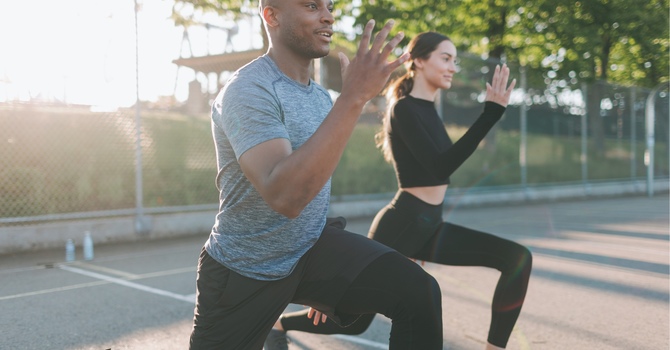Low back pain is one of the most common complaints in golfers, from weekend players all the way up to touring pros. The golf swing is a complex, high-speed movement that demands mobility, stability, and timing — and when one part of the body isn’t doing its job, the lower back often pays the price.
As a sports chiropractor who works on the PGA Tour and in private practice, I treat this every day. The good news? With the right blend of manual therapy + strength training, most golfers can get out of pain and return to playing better than before.
Why Golfers Get Low Back Pain
1. Limited Hip Rotation
When your hips don’t rotate well, your lower back tries to make up the difference. Over time, that compensation leads to irritation, stiffness, or sharp pain.
2. Poor Core Stability
Golf requires rotational power, but you need core stability to control that rotation. Weakness here increases strain on the lumbar spine.
3. Loss of Mid-Back (Thoracic) Mobility
If the thoracic spine can’t rotate, the lumbar spine over-rotates — a recipe for inflammation.
4. Swing Mechanics
Common swing issues that stress the low back include:
-
Early extension
-
Hanging back
-
Over-tilting
-
Excessive lumbar extension
You don’t need a new swing — usually, you need better mobility.
What Low Back Pain Feels Like in Golfers
You may notice:
-
A sharp pinch during the downswing
-
Tightness after a round
-
Stiffness when bending or rotating
-
A dull ache with prolonged standing
-
Pain loading the trail hip
If that sounds familiar, you’re not alone.
The Most Effective Treatments for Golfers
1. Manual Therapy to Reduce Pain & Restore Motion
In my practice, I typically use a blend of:
-
Spine and extremity adjustments
-
Soft tissue therapy to the hips, low back, and mid-back
-
Cupping or myofascial work
-
Joint mobilization
-
Instrument-assisted techniques
These help restore the mobility needed for a comfortable, efficient swing.
2. Strength Training to Fix the Root Cause
Getting out of pain is step one — staying out of pain requires strength.
Key muscles for golfers to strengthen:
-
Glutes
-
Core (anti-rotation strength)
-
Hamstrings
-
Mid-back/postural muscles
Effective exercises include:
-
Dead bugs
-
Pallof presses
-
Hip airplanes
-
Glute bridges
-
Cable rotations
-
Trap 3 raises
Strong athletes stay pain-free athletes.
The “Big Three” Golf Mobility Drills
If you only have a few minutes before a round, do these:
-
90/90 Hip Rotations — improves hip rotation
-
Open Books — loosens the thoracic spine
-
Cat-Camel — reduces lumbar stiffness
Just 3–5 minutes can change your swing comfort dramatically.
When You Should Get Checked Out
You should see a sports chiropractor if:
-
Pain lasts longer than 1–2 weeks
-
Swing mechanics feel restricted
-
Rotation causes sharp pain
-
This isn’t your first time with low back pain
-
You can’t load your trail hip comfortably
Early treatment prevents chronic irritation and keeps you playing.
Final Thoughts
Low back pain doesn’t have to be part of golf. With the right blend of manual therapy, mobility work, and strength training, most golfers can significantly improve both comfort and performance.
If you’re dealing with low back pain — whether recreationally or competitively — I’m here to help you get back to swinging pain-free.
Dr. Chris Ward
Contact Me
